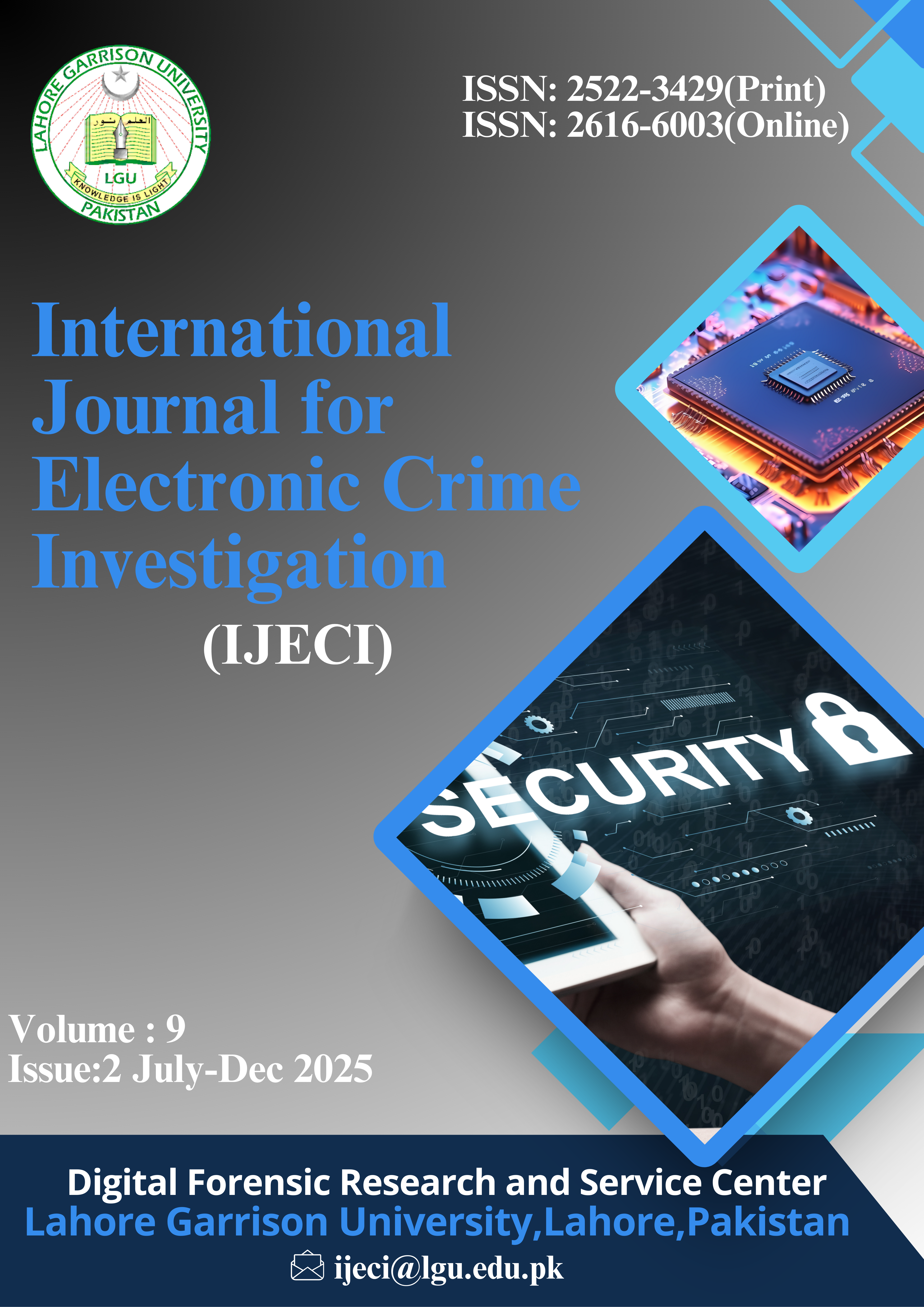Efficient Blind Multi Receiver Signcryption of Secure Multicast in IoT and Beyond
Abstract
This research introduced Blind Multi-Receiver Signcryption (BMRSC) scheme which is designed upon Elliptic Curve Cryptography (ECC) to improve security and privacy in networks with limited computation powers. The protocol also integrates Blind signature and signcryption protocol to enable one-to-many secure communication that in particular, is applicable to electronic voting and electronic currency as well as the Internet of Things (IoT) networks.. The scheme has lightweight ECC operations and therefore has small computational and communication overheads, which are the major resources for implementing a scheme on mobile and embedded devices. The scheme not only ensures confidentiality, authenticity and anonymity of the sender, but it also supports forward secrecy and unlinkability properties, which are not provided in other designs. Security analysis is employed to ensure resilience to vulnerabilities to critical threats such as forgery and key exposure attacks, and comparative analysis demonstrates that the proposed solution is more efficient than state-of-the-art blind signcryption protocols..

